A multiple core–shell 3D printing method has been developed to fabricate soft, stretchable, fibre-based, capacitive strain sensors. The sensors can be readily integrated into conventional clothing and used in gait monitoring.
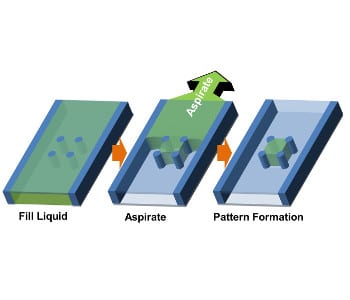
Exploiting surface tension for patterned cell co-cultures
A simple method for 3D patterning of cell co-cultures has been developed based on capillary forces in a nanostructured microchannel.
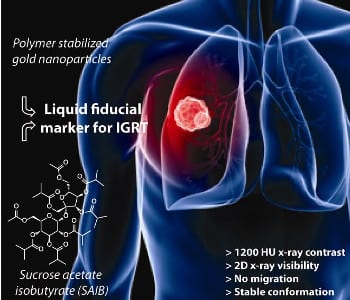
Liquid gold nanogels enhance radiation therapy
Gold nanoparticles embedded in biocompatible nanogels are used as markers for improved image-guided radiotherapy.
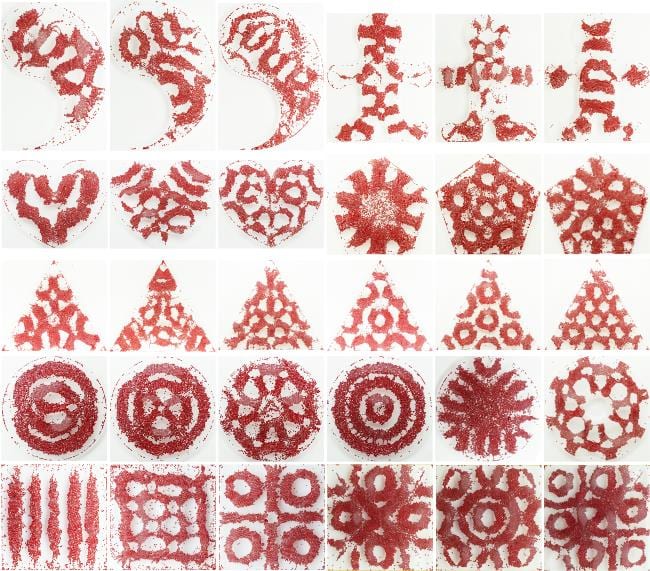
Microscale Assembly on Liquid Templates: A Promising Tool for Tissue Engineering
Liquid templates produced by standing (Faraday) waves are used to assemble various soft, rigid, and biological materials in intricate patterns.
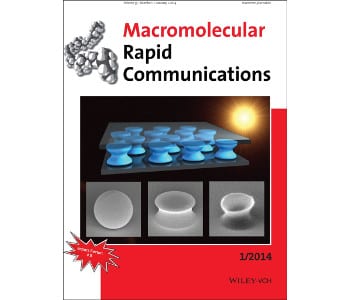
From the Kitchen to the Lab: Dumplings Inspiring Nanoscience
Anisotropic polymer particles formed with structural control through a simple pressing method.
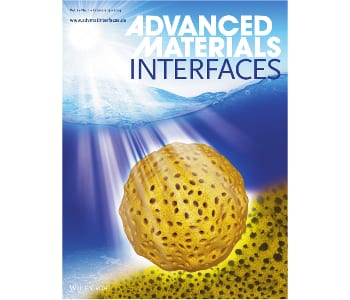
Introducing Advanced Materials Interfaces
The first issue of Advanced Materials Interfaces has been published.

Interview with a Board Member: Jörg Lahann
A conversation with new Advanced Materials board member Jörg Lahann on research, publishing, and life.
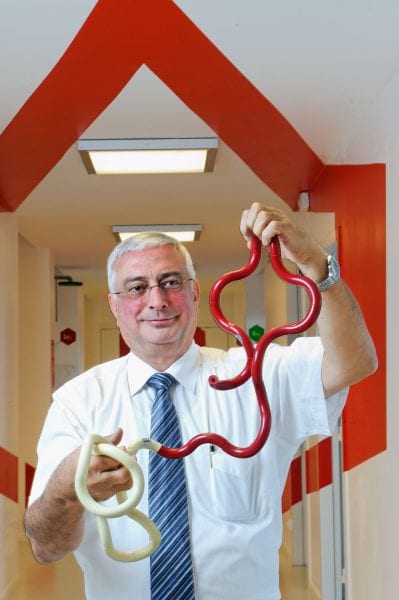
Interview with a Board Member: Prof. Georges Hadziioannou
New Advanced Materials board member, Prof. Georges Hadziioannou, answers a few questions about his scientific career, and research and publishing in general.

Brain Blocks: Fabricating 3D Neural Networks In Vitro
Small neural building blocks are used to make 3D neural networks in vitro, allowing the study of the interaction between different brain regions.
Organic Semiconductor Films in Inkjet-Etched Microwells
Organic semiconductor films are produced in regular arrays of inkjet-etched microwells, demonstrating potential for large-scale flexible electronics.
